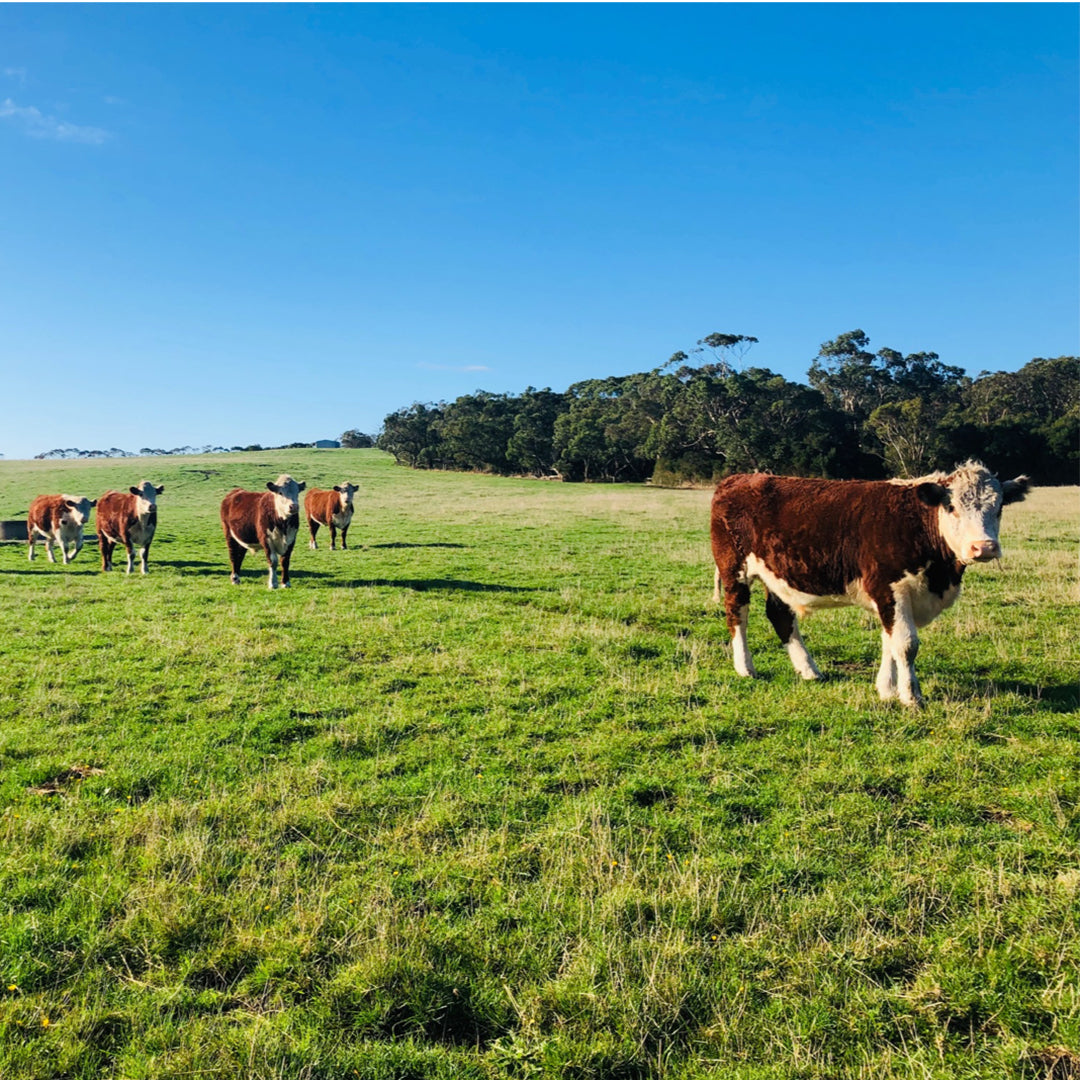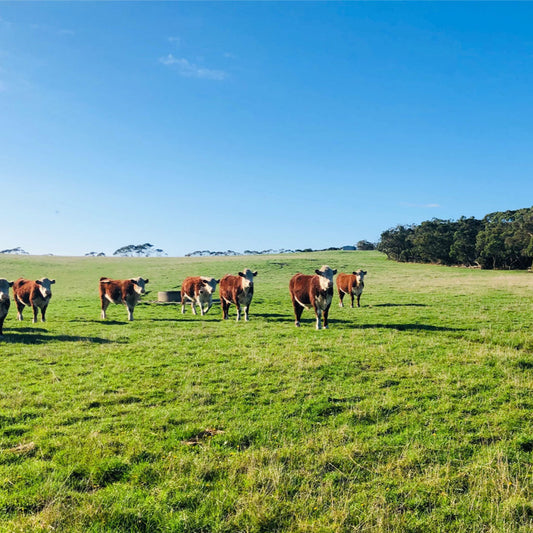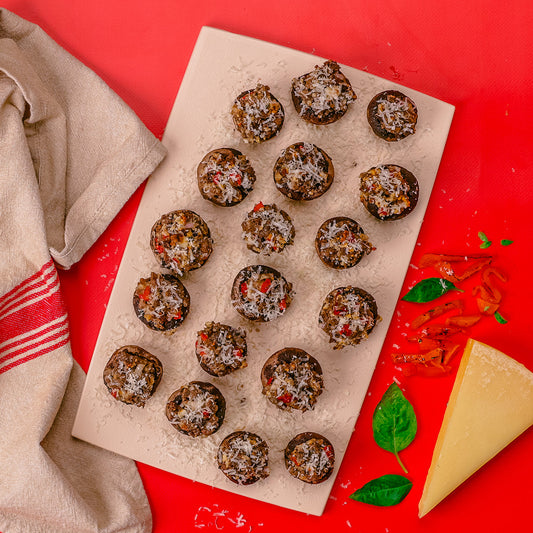
5 Reasons to Buy Grass Fed and Finished Beef
Why should I eat grass fed and finished beef?
The answer is simple. Grass fed and finished beef is cleaner. Cleaner beef equals a cleaner, healthier you while embarking on this dietary reset.
There are many factors that make grass fed and finished beef a better choice. Let’s jump in and take a look at why choosing grass fed and finished beef over its grain-fed, feedlot-contained counterpart is the right choice.
5 Reasons to Buy Grass Fed and Finished Beef
1. It ontains higher amounts of Omega-3 fatty acids and CLAs (Conjugated Linoleic Acids)
Omega-3 fatty acids have been shown to help prevent heart disease, while CLAs are thought to help burn fat and fight inflammation. You do not have to be afraid of fat when the fat you are choosing reaps health benefits.
2. Grass-fed and finished beef has been shown to have higher amounts of Vitamin B12 and K2, and more antioxidants, specifically Vitamin E.
Vitamin B12 supports cognitive function and endurance, while Vitamin K2 is important for heart and bone health. Give us all the vitamin power.
3. In general, grass fed and finished beef has lower amounts of overall fat, which balances a healthy diet.
You need fat in your diet, but you don’t want too much like some conventional beef cuts can give. It is all about balance. Grass fed & finished beef contains lower amounts of fat compared to grain-fed beef, and, in our opinion, it has even more flavor. Win-win in our book.
4. Animals that are raised on a grass fed and finished diet are generally smaller in size, as they are left to grow at a normal and natural pace.
This translates to smaller, more appropriately sized steaks that help to keep portion control in check. Yes, you can enjoy an entire steak and not feel guilty.
5. Animals raised in their natural environments result in higher quality, tastier beef.
Raising conditions and animal welfare are also big drivers for choosing grass fed and finished beef. It is beef you can feel good about eating and feel confident about the conditions the cattle were raised in.
Sources:
The American Journal of Clinical Nutrition


